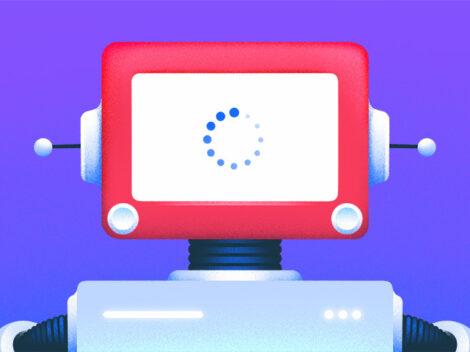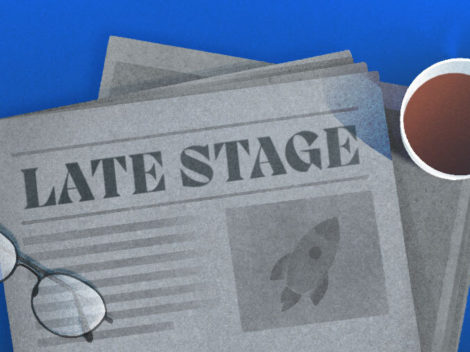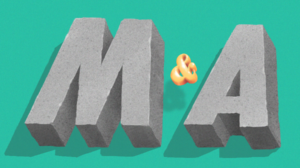LightForce Orthodontics secured a $14 million Series B round of funding to continue developing its customizable 3D-printed bracket system aka braces.
Subscribe to the Crunchbase Daily
Tyche Partners led the investment with follow-on investment from Matrix Partners and AM Ventures. Since its founding in 2015 by Dr. Alfred Griffin III, the Boston-based company has raised a total of $20.5 million. That included a $5.2 million Series A announced in September 2018, led by Matrix.
Two years ago, LightForce finished its first patient’s round of braces in six months, where the average time is 22 months, Griffin told Crunchbase News. In addition, its 3D-printed bracket system received U.S. Food and Drug Administration approval, which is the milestone needed for commercialization of certain medical devices. Today, the company has made and shipped more than 50,000 3D-printed parts, Griffin said.
“Raising the Series A was about proving product market fit,” he said. “We are now turning from research and development into being focused on selling something. There is a lot of demand for this, and the next challenge is going to be manufacturing because it is a complex medical device.”
The Series B funding will be invested in scaling and product development. LightForce opened a manufacturing office in Costa Rica and doubled its team to 70 people in the last six months, Griffin said. The company’s cloud-based CAD software predicts how the teeth will shift so that customized braces can be created. In addition, the orthodontist can access the plan and treatment strategy.
The orthodontics market is anticipated to reach nearly $10 billion by 2026. LightForce’s biggest competitor is Invisalign, which developed invisible clear aligners as an alternative to metal braces. Griffin said the clear aligners market is only capturing 15 to 20 percent of the market, due in part to 80 percent of the alignment problems needing braces for treatment versus Invisalign’s clear liner system.
“The bigger market application is with braces and we are able to attack that market with better software,” he added. “There is a huge opportunity, and we are the first to combine this leading-edge technology into digital manufacturing to make a real application for the space.”
Illustration: Li-Anne Dias

Stay up to date with recent funding rounds, acquisitions, and more with the Crunchbase Daily.











67.1K Followers